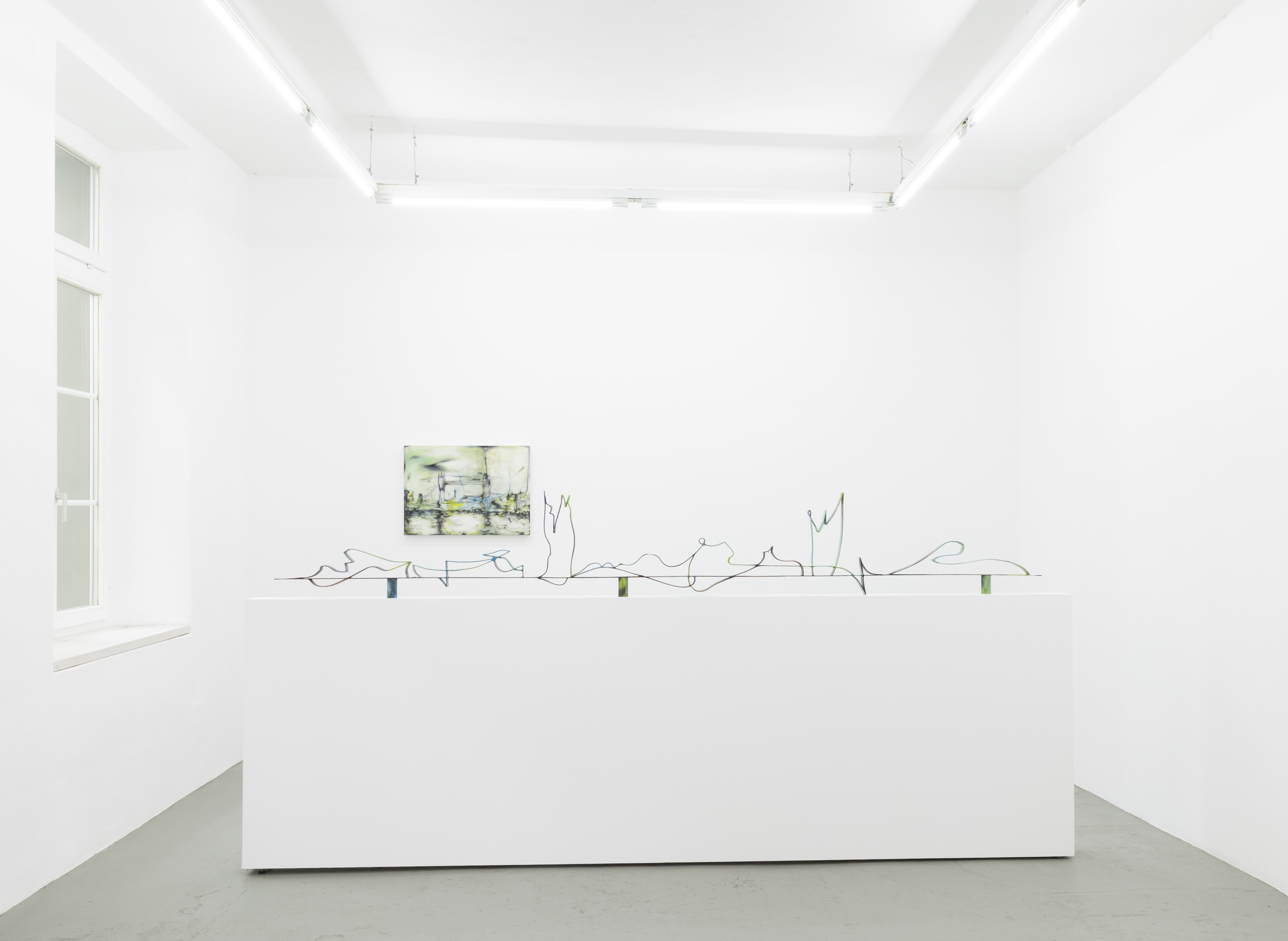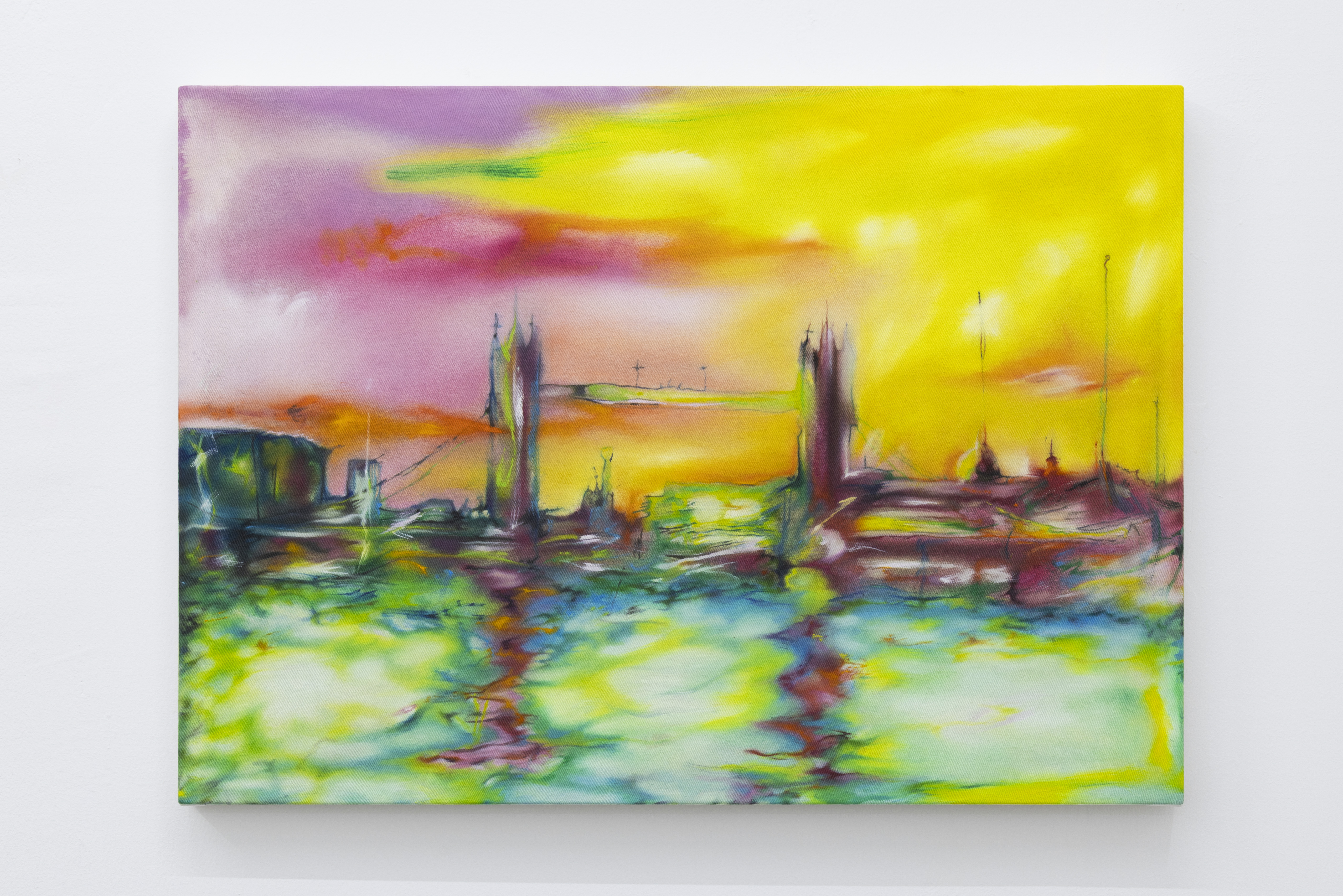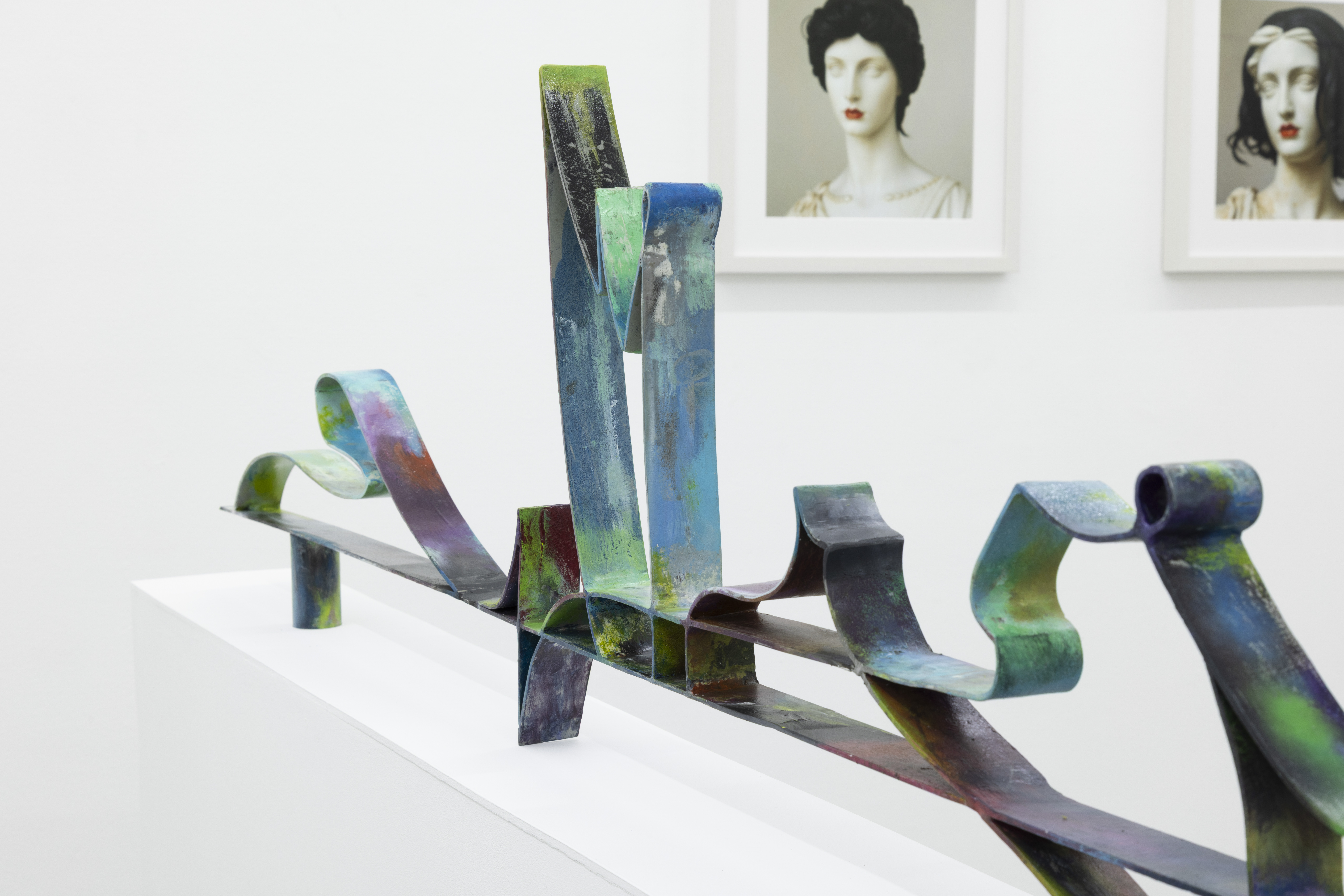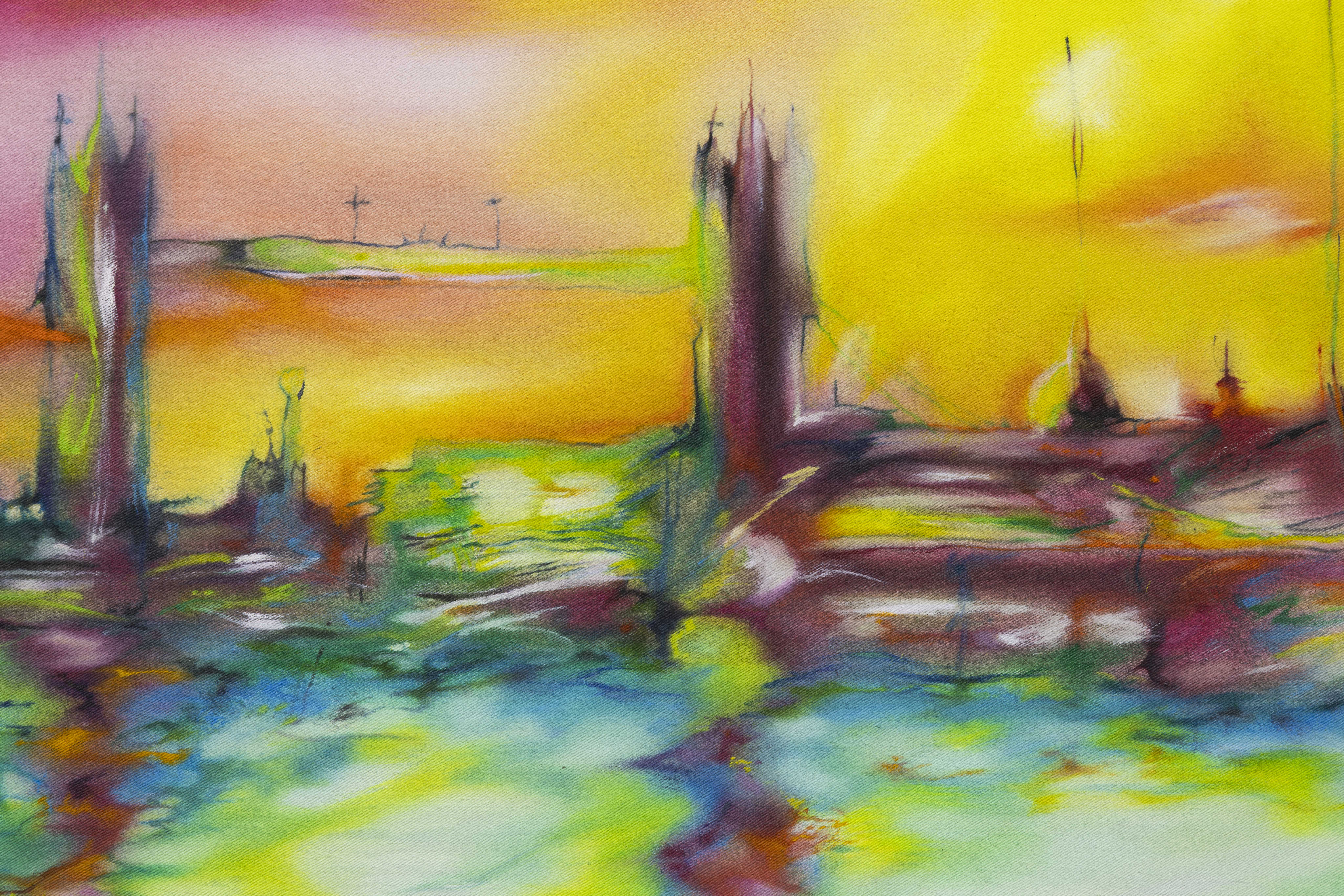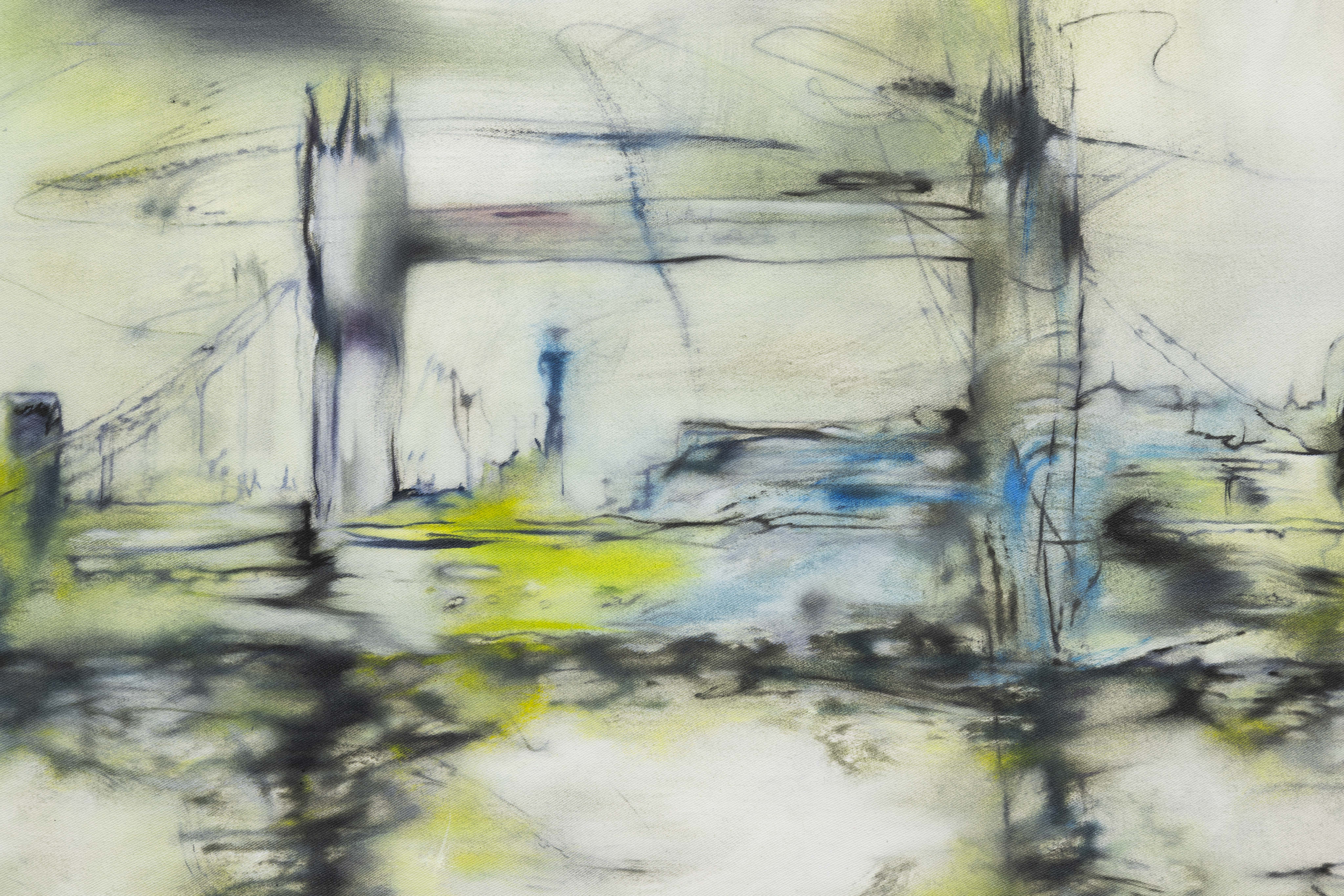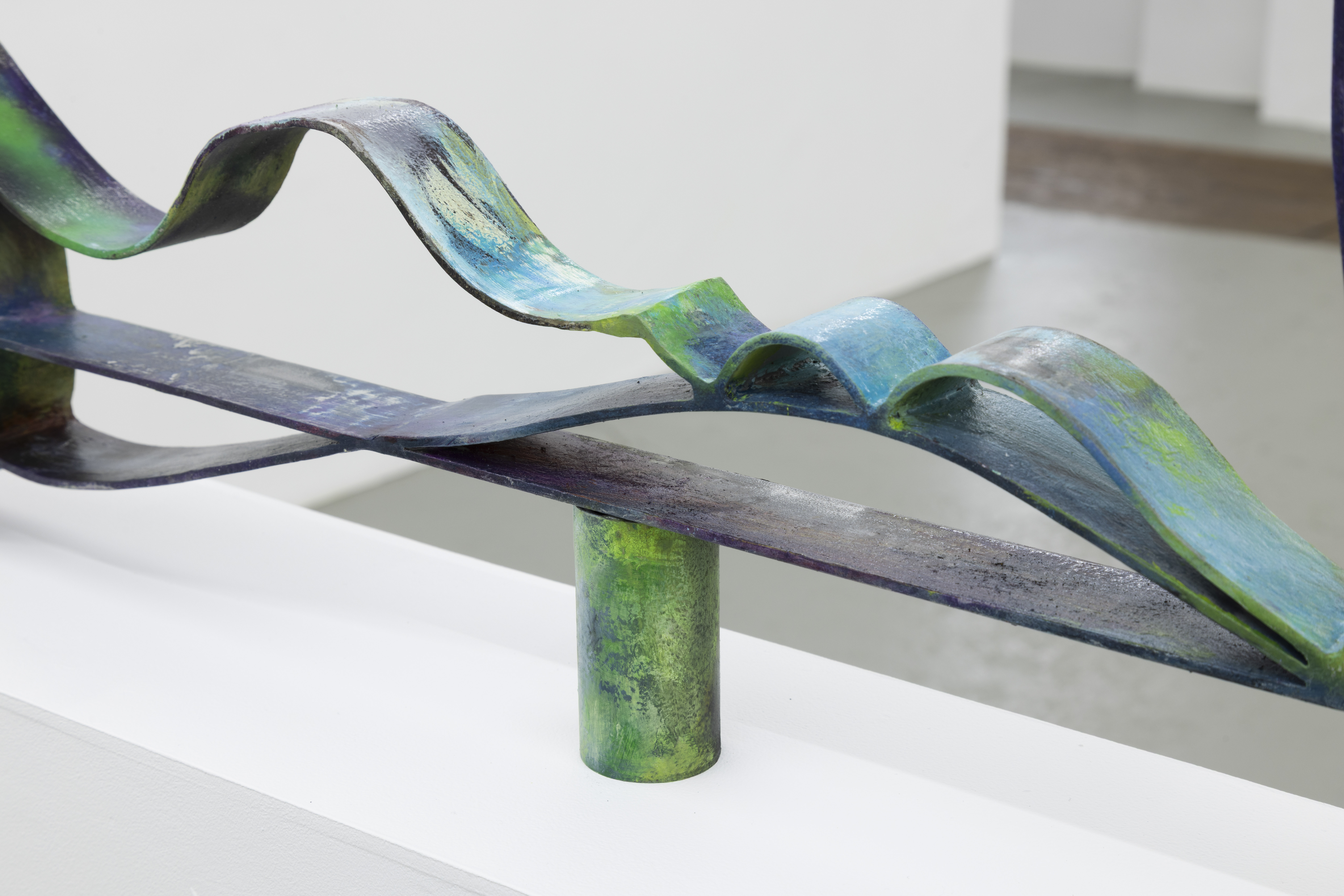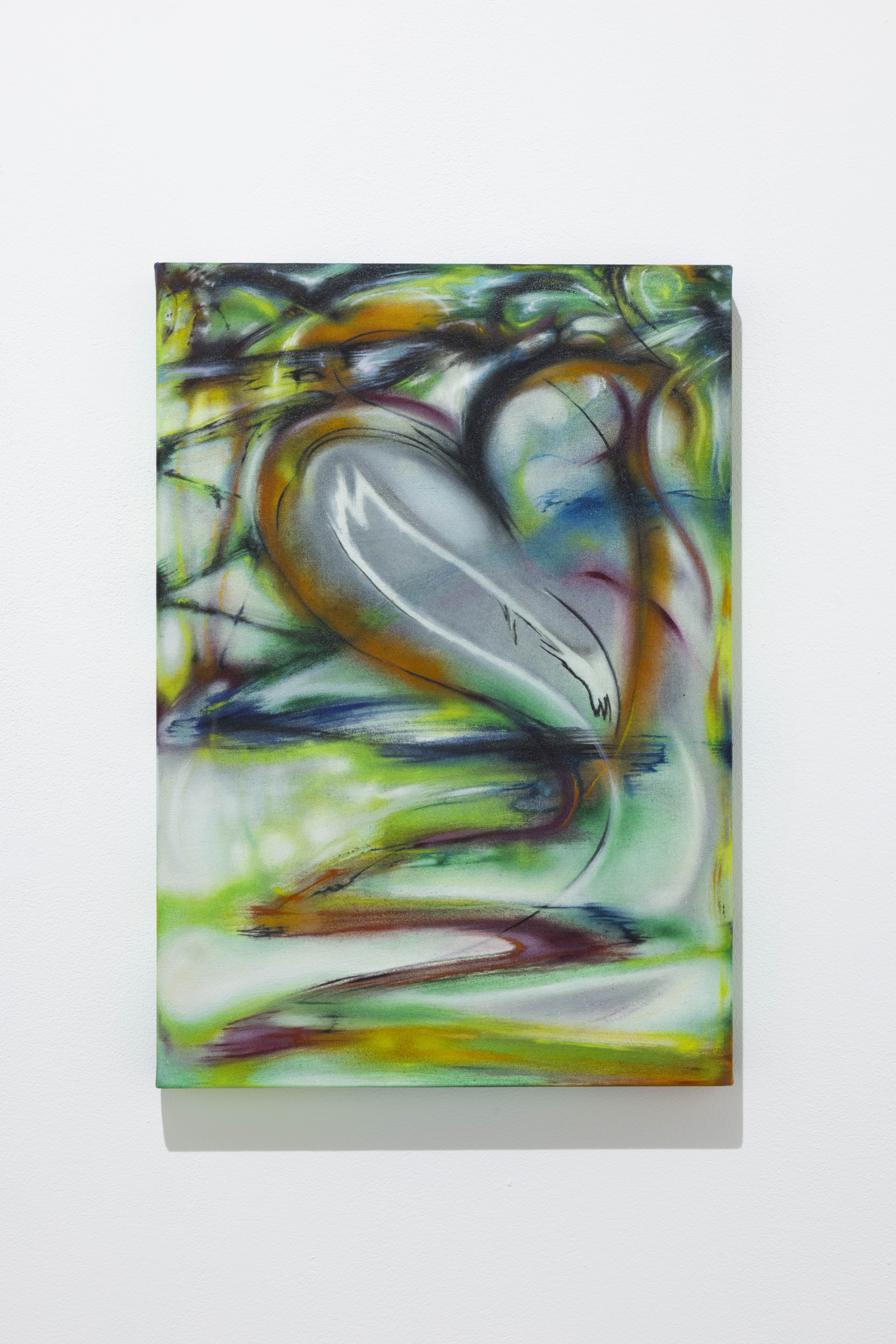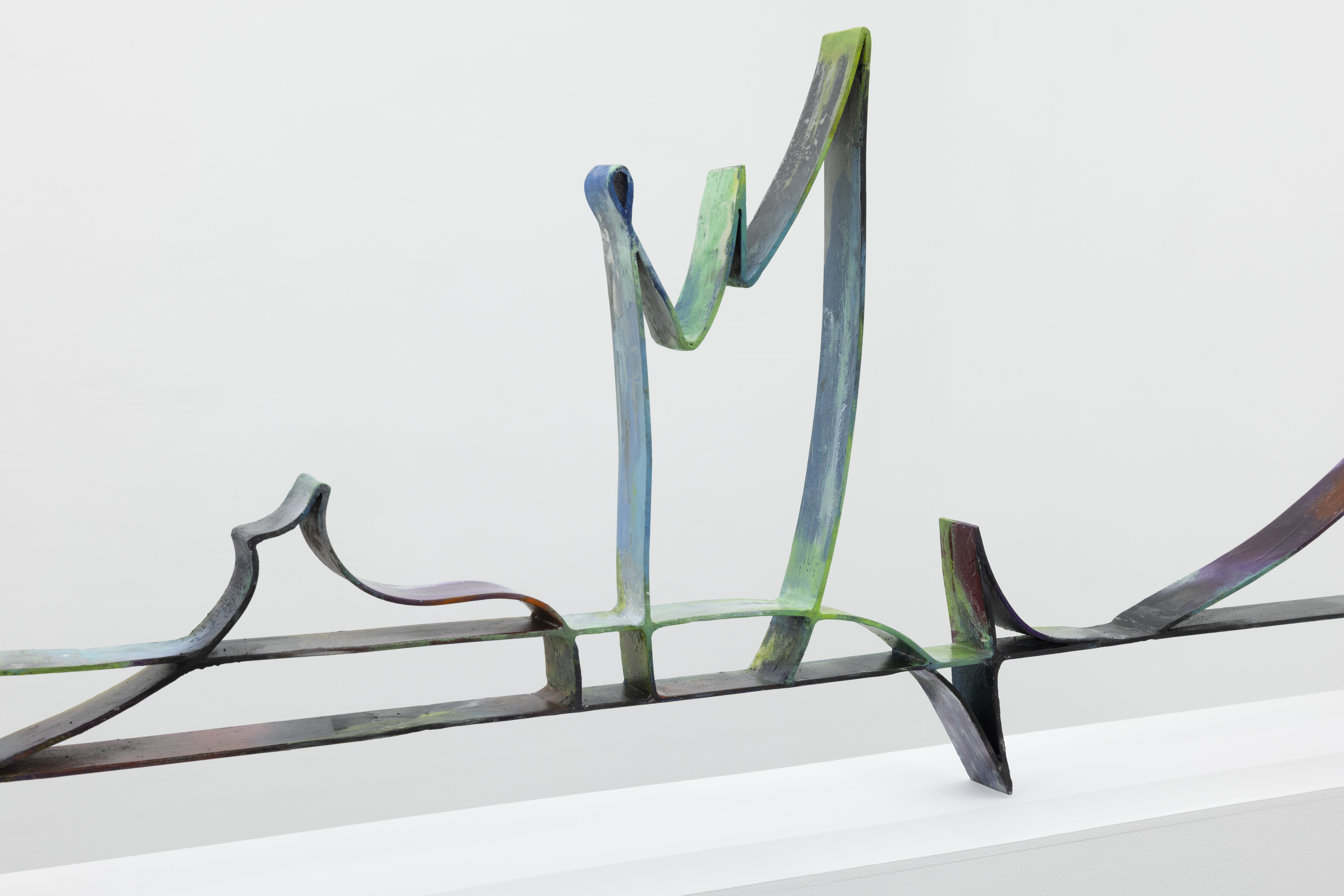![]()
![]()
![]()
![]()
![]()
![]()
In the laboratory a positive paradox is the
phenomena where the results of high accuracy tests are counterintuitive.
Héloïse Chassepot and Swetlana Heger are artists separated by a full
generation, yet their practices align contemporaneously in ways that also
stagger presuppositions. They manipulate and merge expectation and desire, the
heartfelt and the hollow; experiences “real”, digital and imagined. At the core
of these new works, and in aspects of their wider practices, are explorations
of and indulgences in the contradictions inherent in the beauties of culture
and living. Like Stendal’s syndrome seamlessly coexisting alongside the
syndromes named for Paris, Jerusalem, etc. - pleasure and beauty and
disillusionment and weariness exist side by side, oscillating.
Ideas
of attraction and desire here suggest and depict classical ideals, pastoral
landmarks, stages of performance and symbols of mid romance. Though ranging and
divergent in medium, the works of each straddle the painterly and digital from
opposing corners. Heger uses an archive of vintage source materials and
generative artificial intelligence as her palette, canvas and camera.
Chassepot’s paintings, with their techno colors and frosty handling, nod to the
machinal while her sculpture’s linearity seems transported from the screen
directly into physical space. This cross pollination of forms and media results
in works with an exuberance forming circular traps. Real feelings in the face
of false experiences engage their opposites: earnestness, the genuine, the new.
The visual is the conceptual, rotating through glamour and wonder and the
skeptical. In each we find a carved out space for an authenticity of imitation.
That it’s all less uncanny than arresting might feel like a paradox, testing
positive all the same.
- text by Michelle Anderson
Positive Paradox at Kali, Luzern 2025
